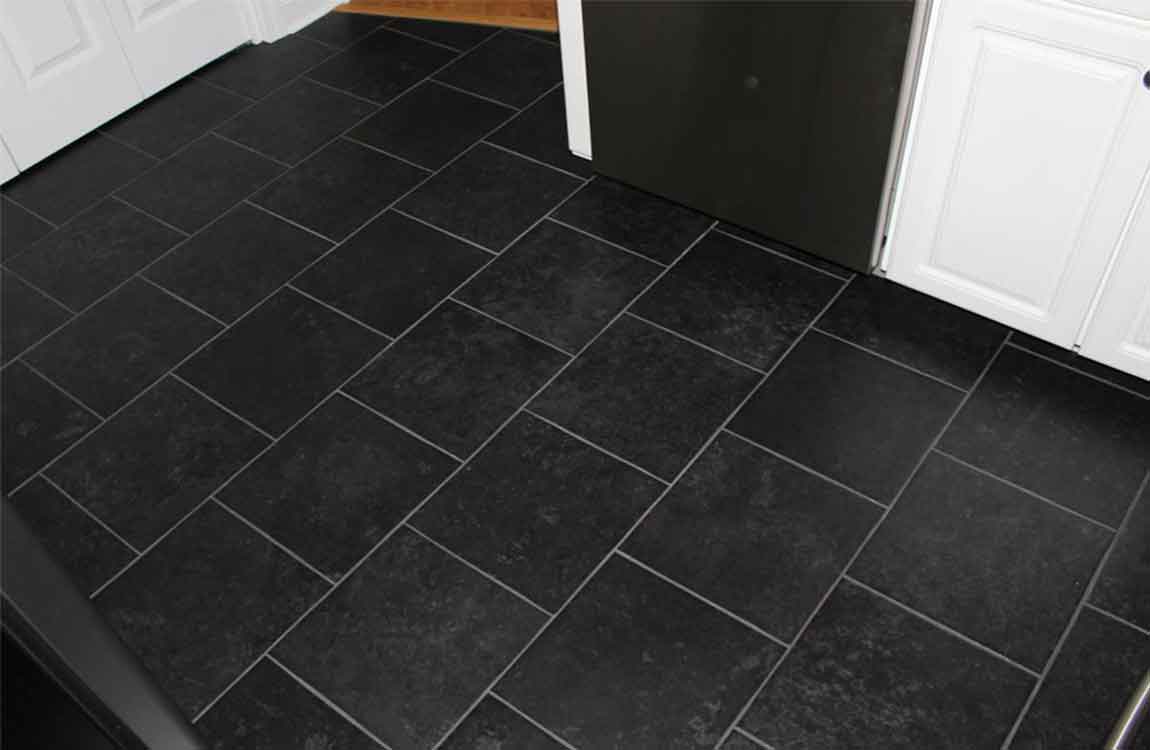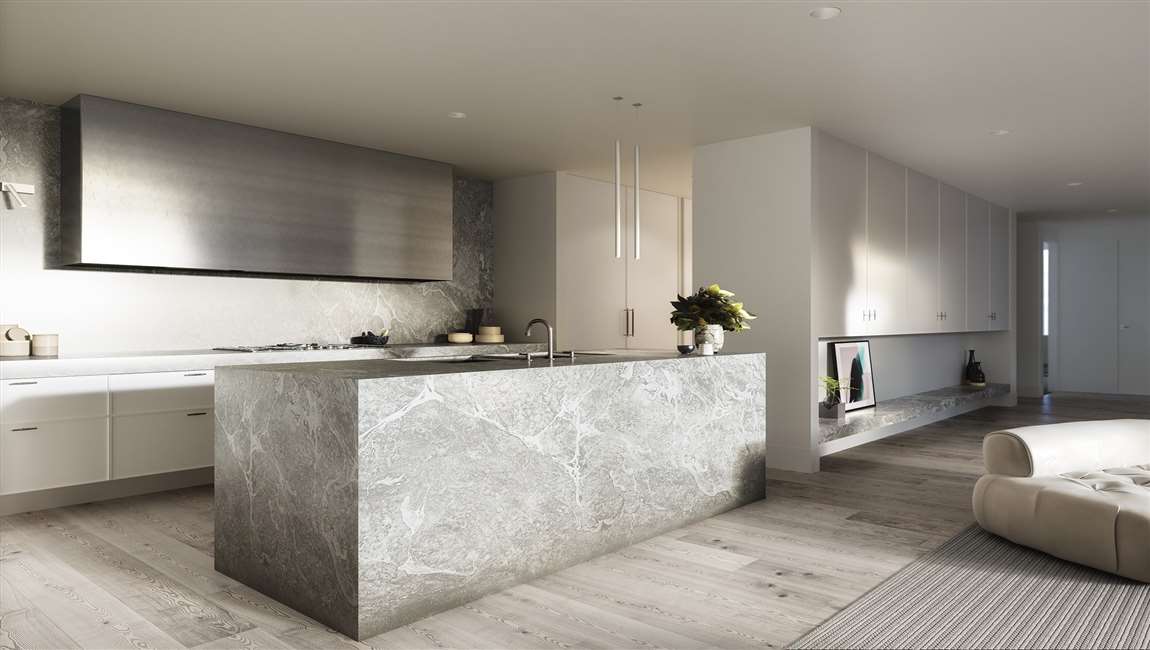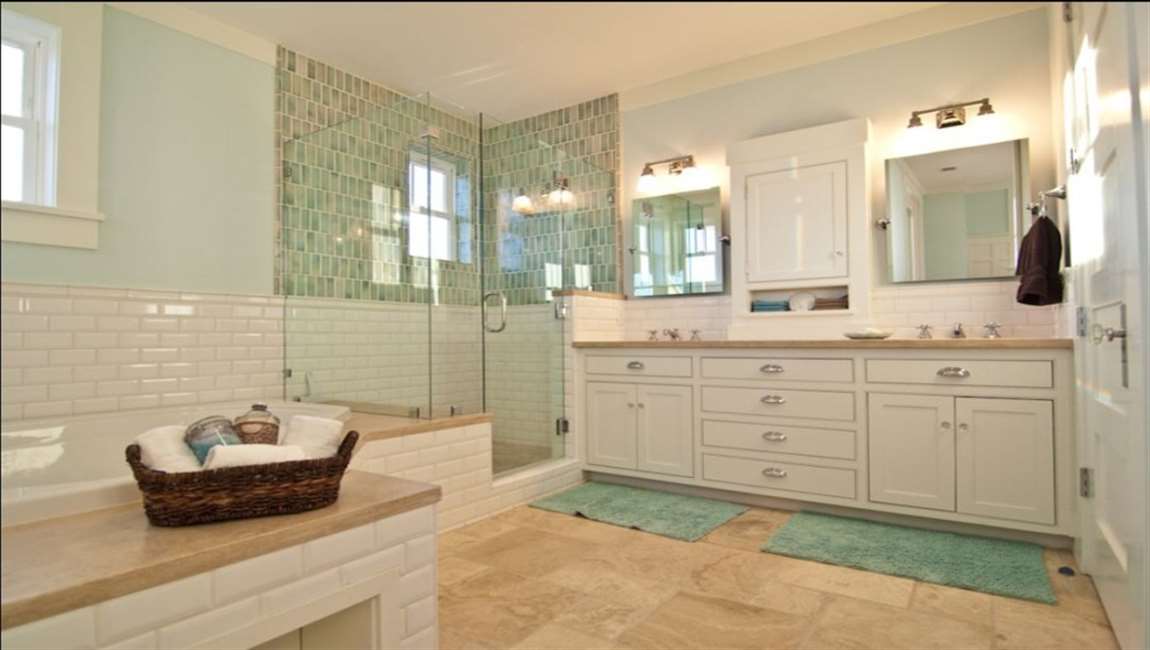How to Clean Quartz Tiles?
Quartz is a popular material for kitchen tiles and tables. It’s scratch-resistant, antimicrobial, and easy to clean. However, it’s not stain-proof or scratch-proof. Whether you have a quartz tiles or are thinking of installing one, you’ll need to know how to safely perform daily cleanings, tackle stains, do twice-yearly deep cleanings, and make a poultice for especially tough stains.
Wipe down the tiles. Use a clean soft cloth to avoid scratching the surface. Mix equal parts warm water and dish washing liquid. Dip the cloth in the soapy water and wring out the excess. Wipe the surface using gentle counterclockwise strokes. Dry the surface with a clean nonabrasive cloth. Even if you don’t soil the tiles, wipe it down every day to keep it in good repair.
Fight grease with degreasing cleaner. You can buy this product in grocery stores or big box stores. Stick to a product labeled safe for quartz surfaces. Spray the cleaner on a clean nonabrasive cloth. Clean the tiles in a gentle counterclockwise motion. Rinse the surface immediately. As an alternative, you can use disinfectant wipes that don’t contain bleach.
Scrape away hardened spills. This includes egg, nail polish, and similar substances. Use a blunt plastic scraper to tackle these substances. Aim for the underside of the mess, scraping away from your body. Use warm water before anything else. Soak a clean nonabrasive cloth with warm water. Wipe the stain in a gentle counterclockwise motion. Use a clean soft cloth to dry the affected area.
Remove permanent marker with rubbing alcohol. If warm water doesn’t work, wet a cotton ball with isopropyl (rubbing) alcohol. Rub the stain in a gentle counterclockwise motion until the stain disappears. Dry the area with a clean soft cloth. Tackle wine with a magic eraser. Wet the magic eraser under a stream of warm water.












